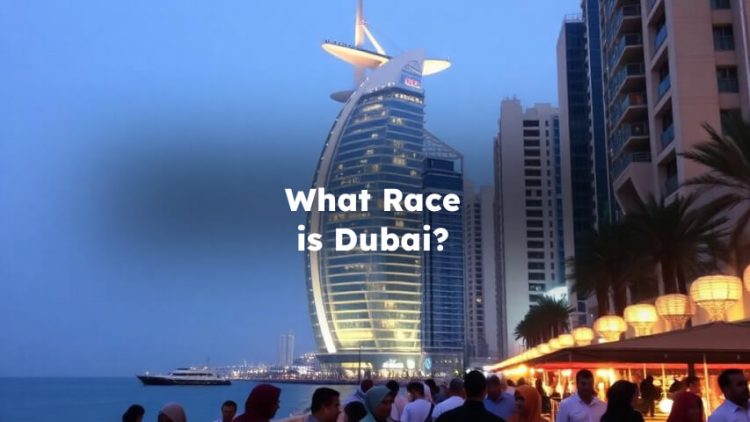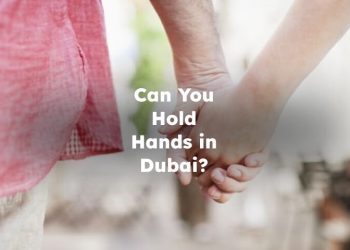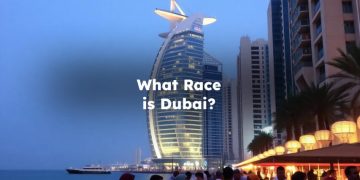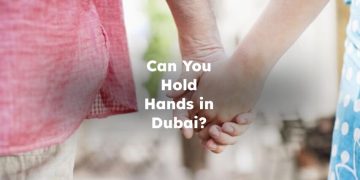Dubai is a diverse and multicultural city, with around 3.5 million residents. What race is Dubai? We should say that only 15% of the population are natives, while the other 85% are expatriates from various countries, mainly from India, Pakistan, Bangladesh, and the Philippines. What race is Dubai percentage? In terms of nationalities, India making up 27% of the expatriate community. Pakistan makes Dubai population with 12%, then Bangladesh at 7%, and the Philippines at 6%. Other notable nationalities in Dubai such as those from Saudi Arabia, the United Kingdom, and the United States. The expatriate community plays an important role in Dubai’s economy and cultural landscape. They offer a range of perspectives, experiences, and skills that help Dubai to growth and progress. Let indubaimall explain about demographic landscape, major group of expatriate and native subgroups in Dubai in this study.
Dubai’s Demographic Landscape
Dubai’s community demographics offer important insights into the city’s diverse and fast-growing population. As a global center, Dubai draws residents’ attentions from around the world, while it causes a unique mix of cultures, jobs, and lifestyles. A comprehensive overview of essential demographic information, such as population size, age distribution, gender ratio, and housing trends, assisting investors, businesses, and can help individuals in making well-informed choices. Grasping Dubai’s demographic landscape is crucial for anyone interested in exploring real estate options, launching a business, or moving to the city.
Native vs Expatriate Populations
What race is Dubai? Dubai population consist of only 15% are native residents, while 85% are expatriates. Among the expats, 85%—which is 71% of the total population—are Asian, mainly from India (51%), Pakistan (17%), Bangladesh (9%), and the Philippines (3%). The community in Dubai has a higher number of males, with a ratio of 223 males for every 100 females. This is referred to as the “bachelor culture” because of the significant number of foreign workers, mostly males of working age. The majority of the population falls within the 25-44 age range, and it is making up about 58.50% of the total population.
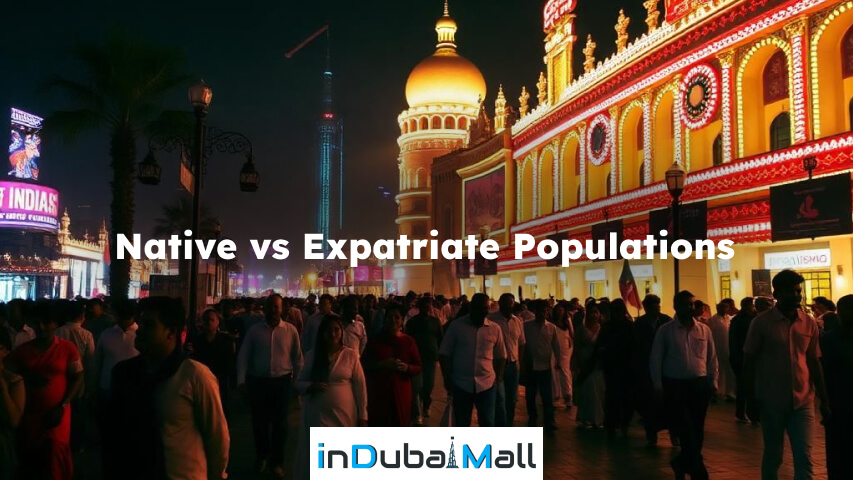

Major Expatriate Communities
Dubai has always attracted people who are looking for new chances of life, lively culture, and a high standard of living. Dubai hosts one of the most different expatriate populations globally, with a large portion of its residents being foreigners. According to the population of Dubai 2025, the biggest groups of expatriates are Indians who have a major impact on industries such as trade, healthcare, engineering, and technology. Following them are Pakistanis, many of whom are involved in construction, business, and services. Other significant communities include Bangladeshis, Filipinos, and Nepalese, who are essential in retail, hospitality, and domestic work have populated in Dubai. Western expatriates, especially those who are from the United Kingdom, the United States, and Europe, are also a key presence, and they are often working in finance, real estate, education, and corporate leadership in Dubai. Also, communities from Arab nations such as Egypt, Jordan, and Lebanon enhance Dubai’s cultural and professional environment, particularly in media, education, and business. This diverse mix not only bolsters Dubai’s economy.
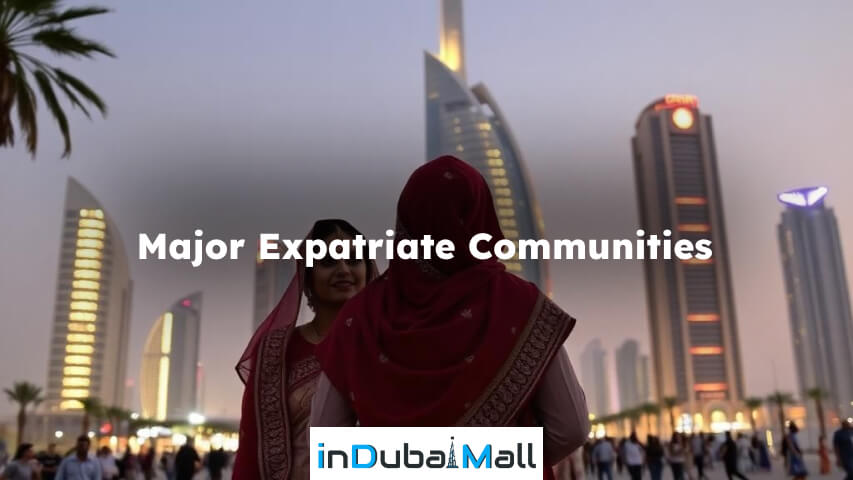

Native Emirati Subgroups
Recent data from the Dubai Statistic Centre revealed that Emirati citizens make up just 8 percent of Dubai’s total population. By the end of 2020, the Emirati population reached 271,500, up from 263,450 in 2019. This represents an increase of 7,600 citizens, while it is reflecting a growth rate of approximately 2.88 percent. Native Emiratis in Dubai are part of various traditional subgroups that showcase the city’s rich heritage and diverse tribal background. The Bani Yas is one of the most notable, originally a strong tribal alliance that was key in forming the political and social structure of the United Arab Emirates and Dubai. In Dubai, the Al Bu Falasah clan of the Bani Yas took on leadership under the Al Maktoum ruling family in 1833, while it was influencing the emirate’s character. Other important groups include the Al Bu Muhair, the Al Ali, and several smaller tribes linked to Dubai’s sea and desert customs. In the past, many Emiratis in Dubai participated in pearl diving, fishing, and trade, while those living inland concentrated on farming and raising livestock. Over time, marriages and collaborations between tribes enhanced social connections, while it is reinforcing Emirati values such as family, hospitality, and resilience. Nowadays, these groups remain essential to Dubai’s cultural identity, maintaining traditions despite the rapid pace of modernization.




